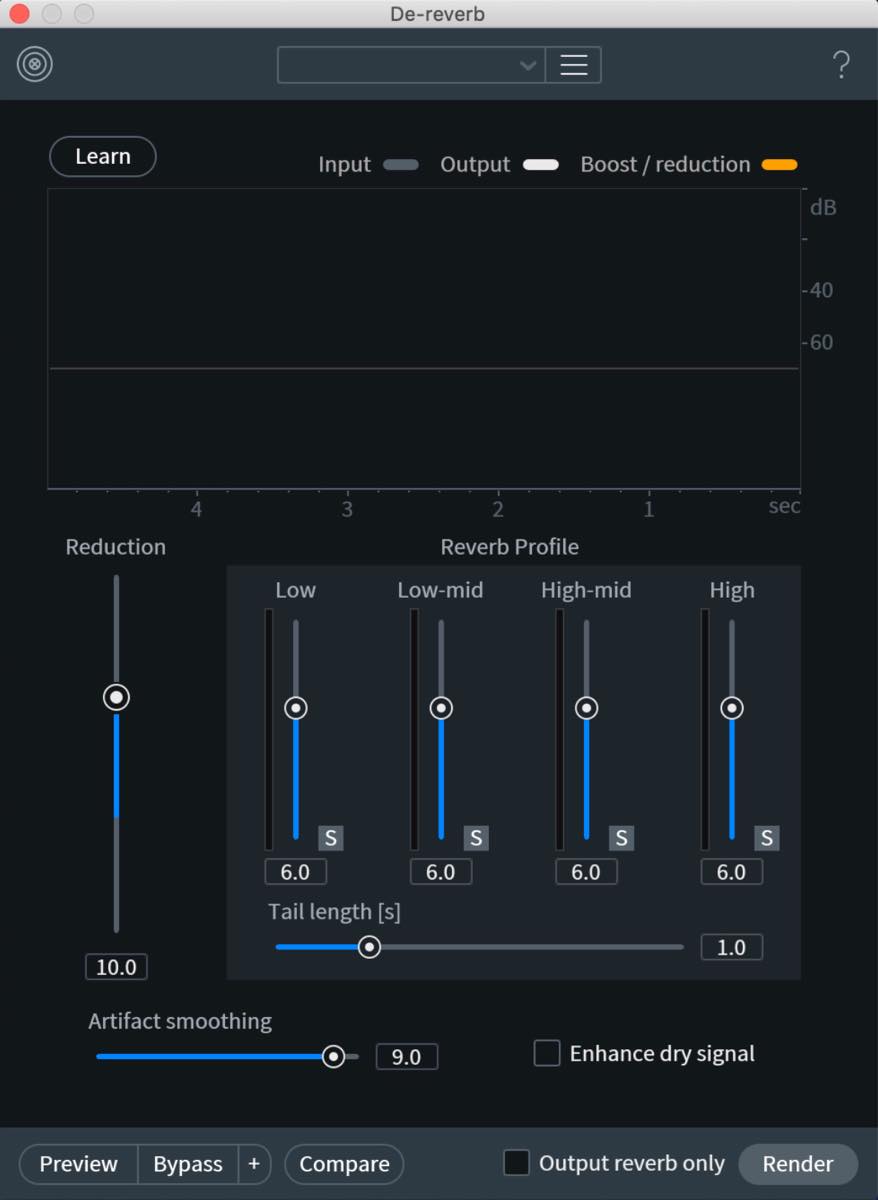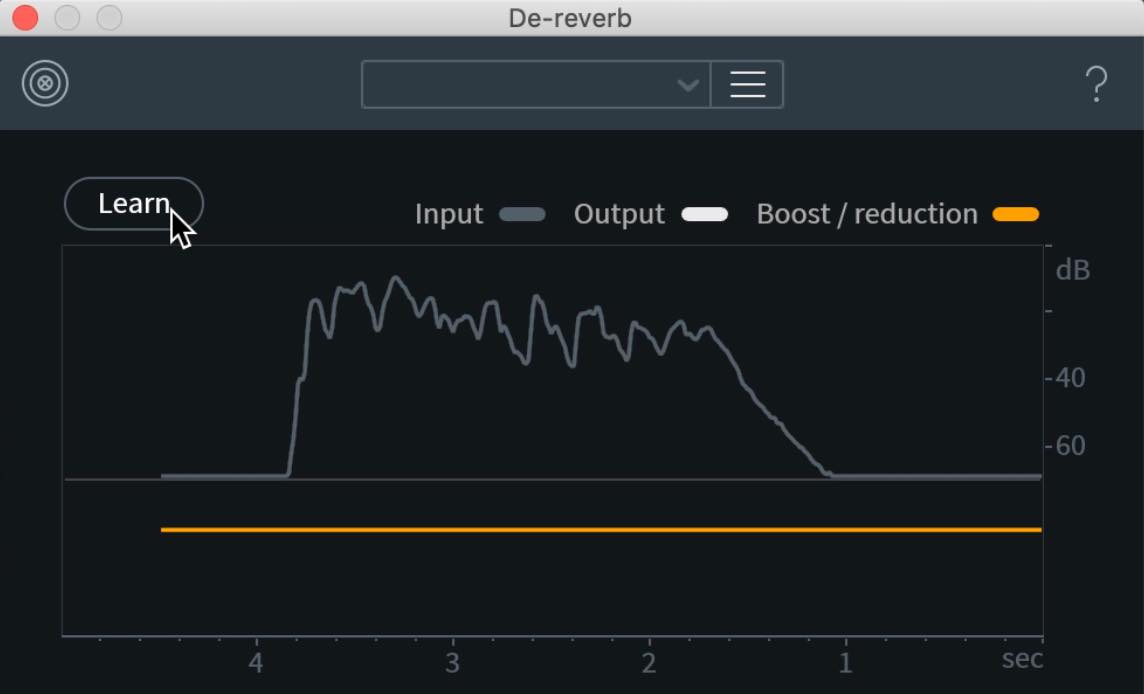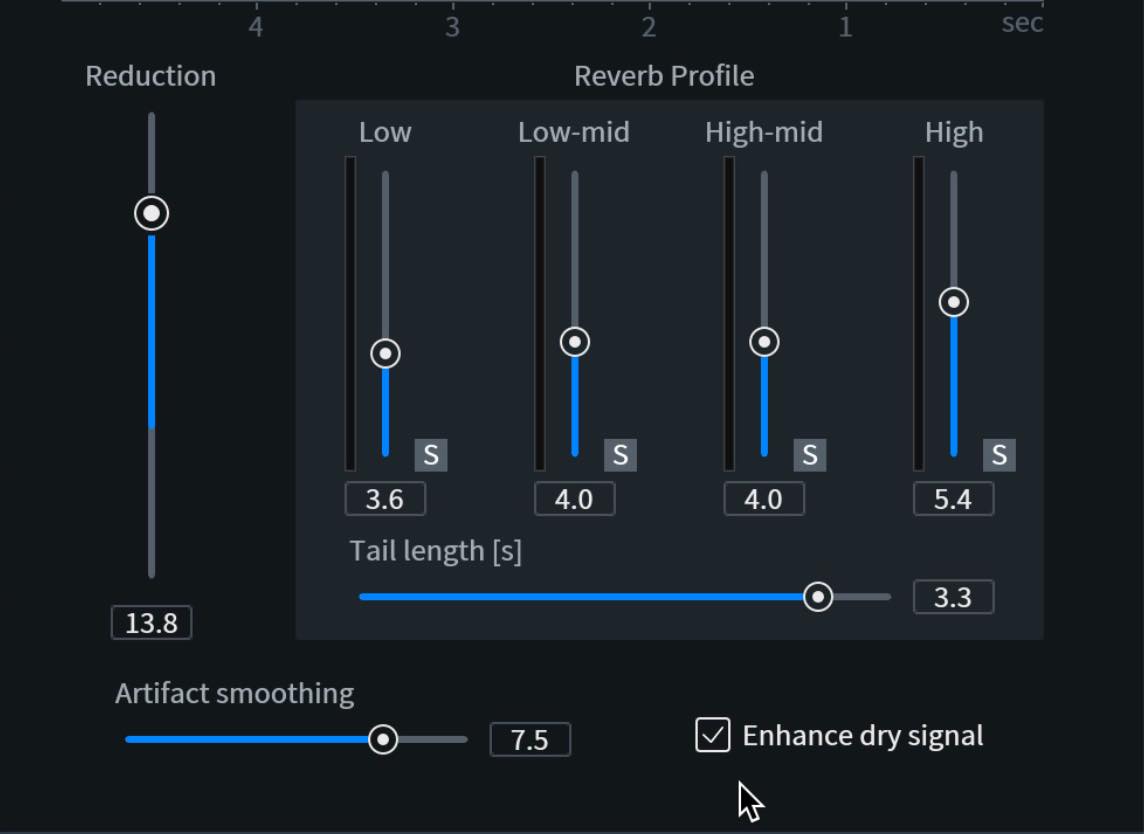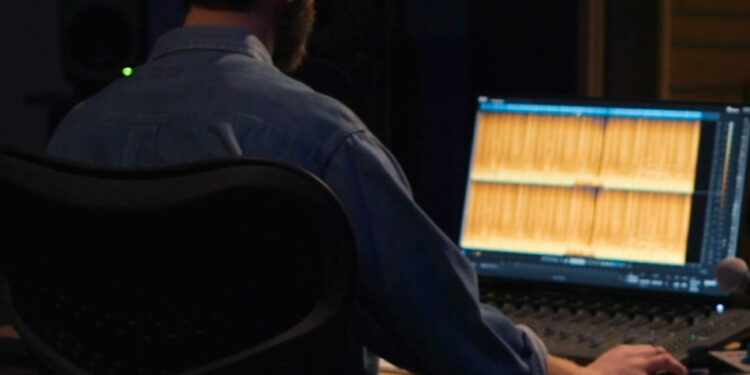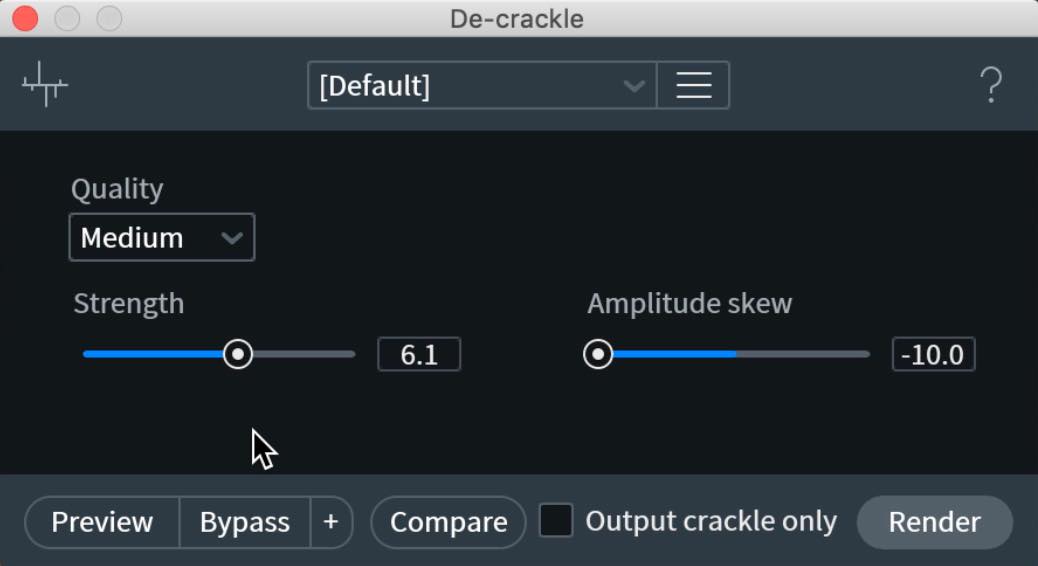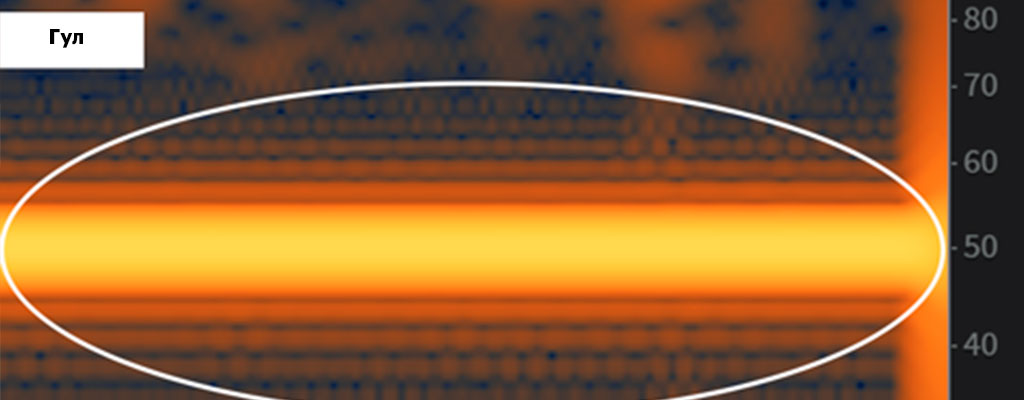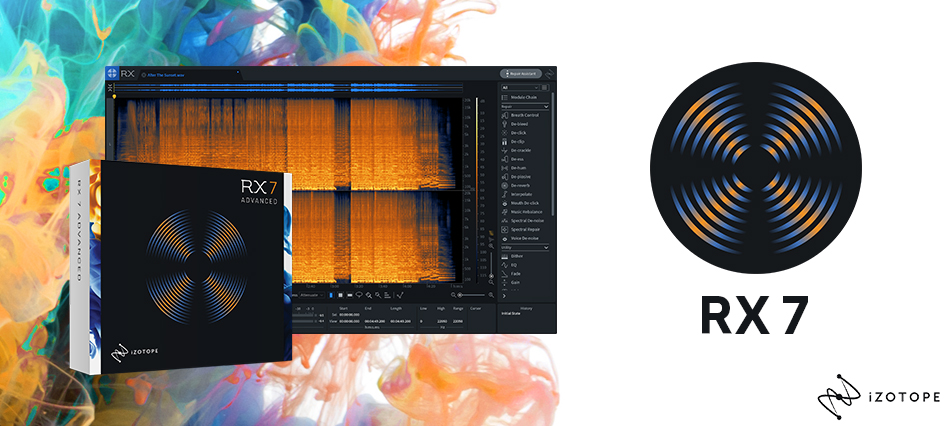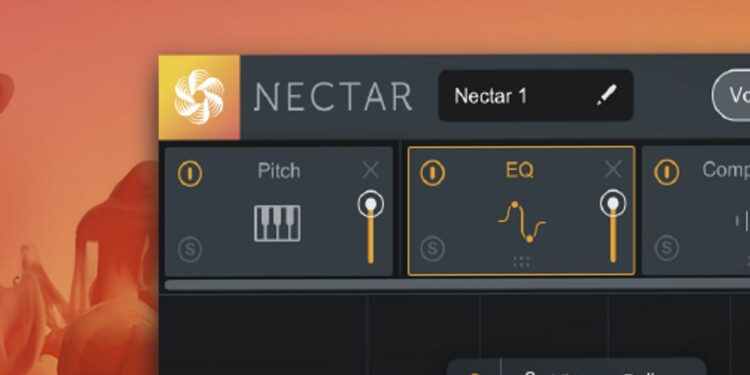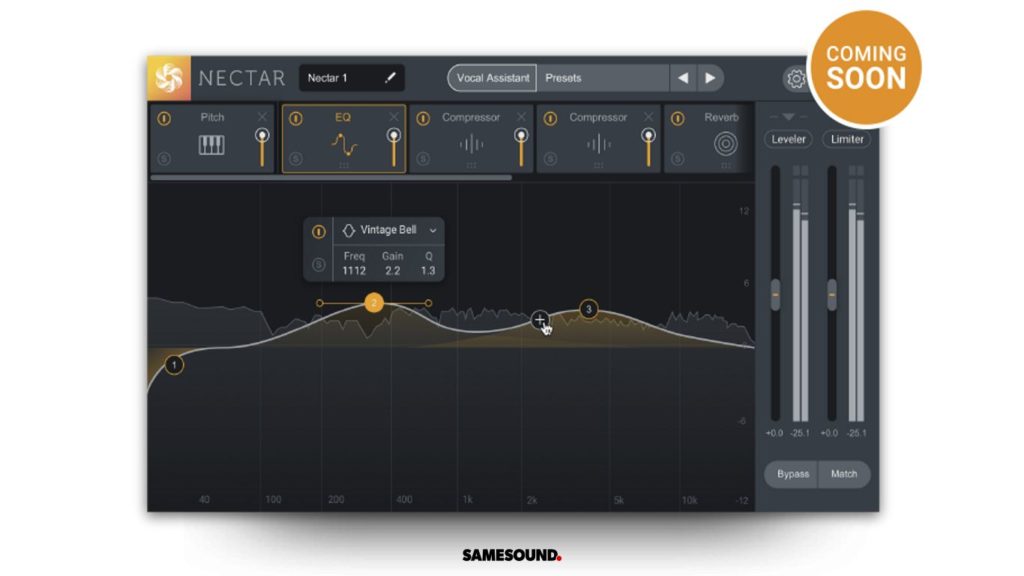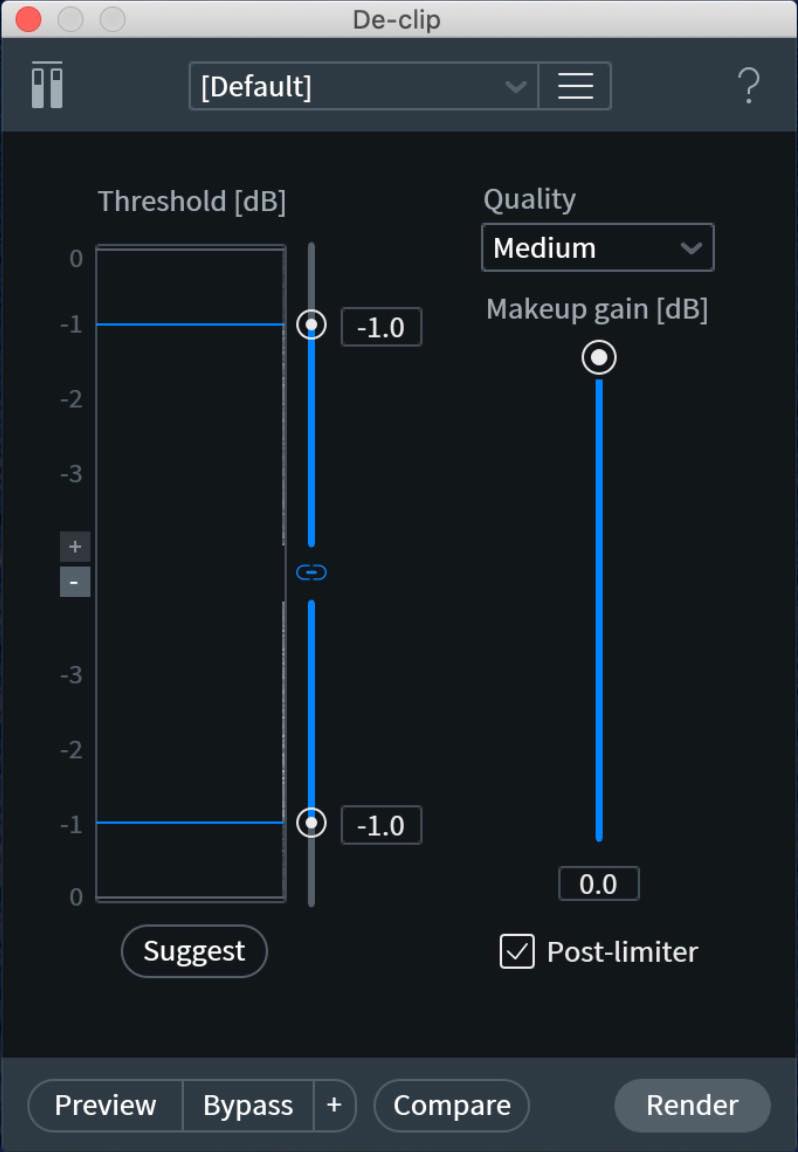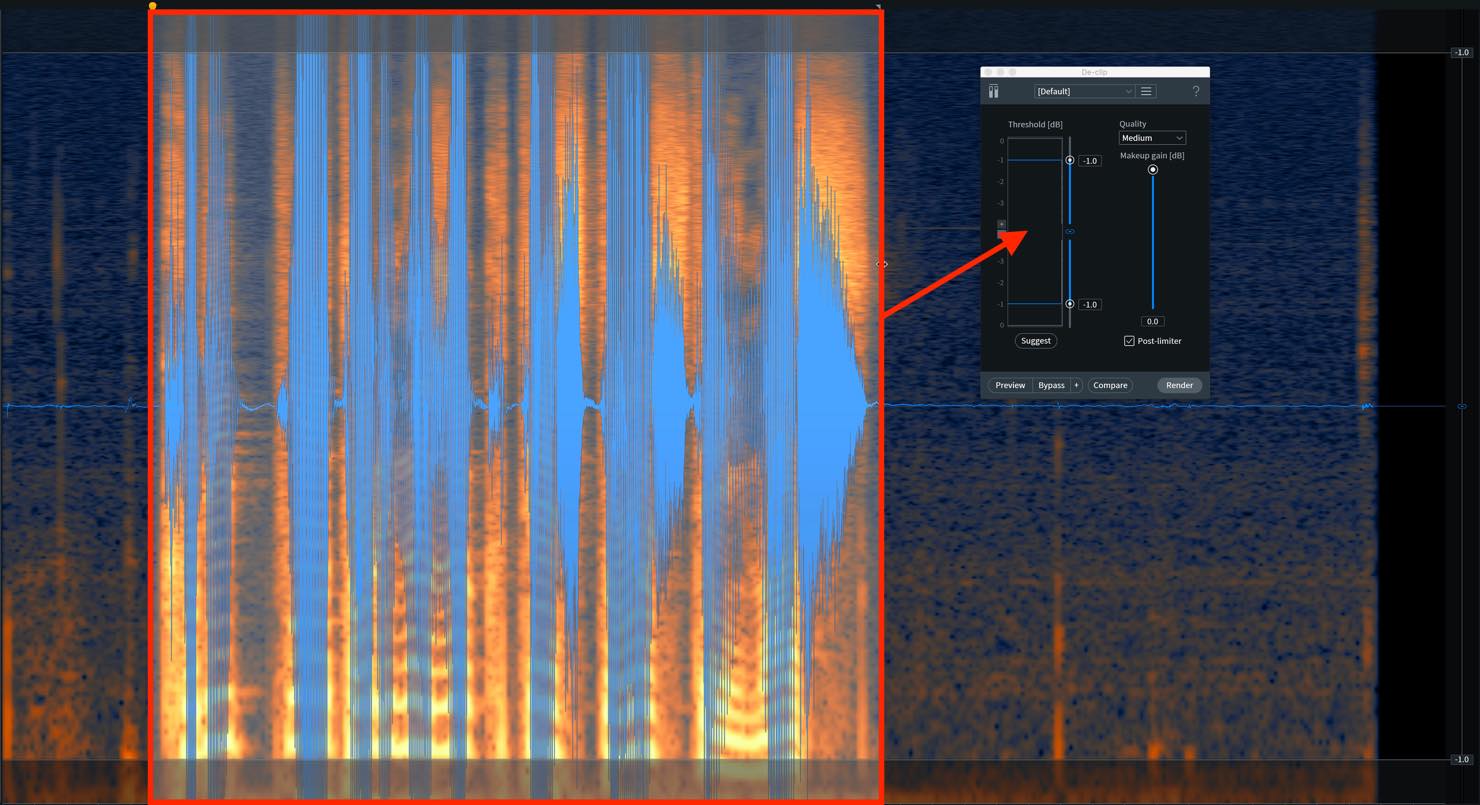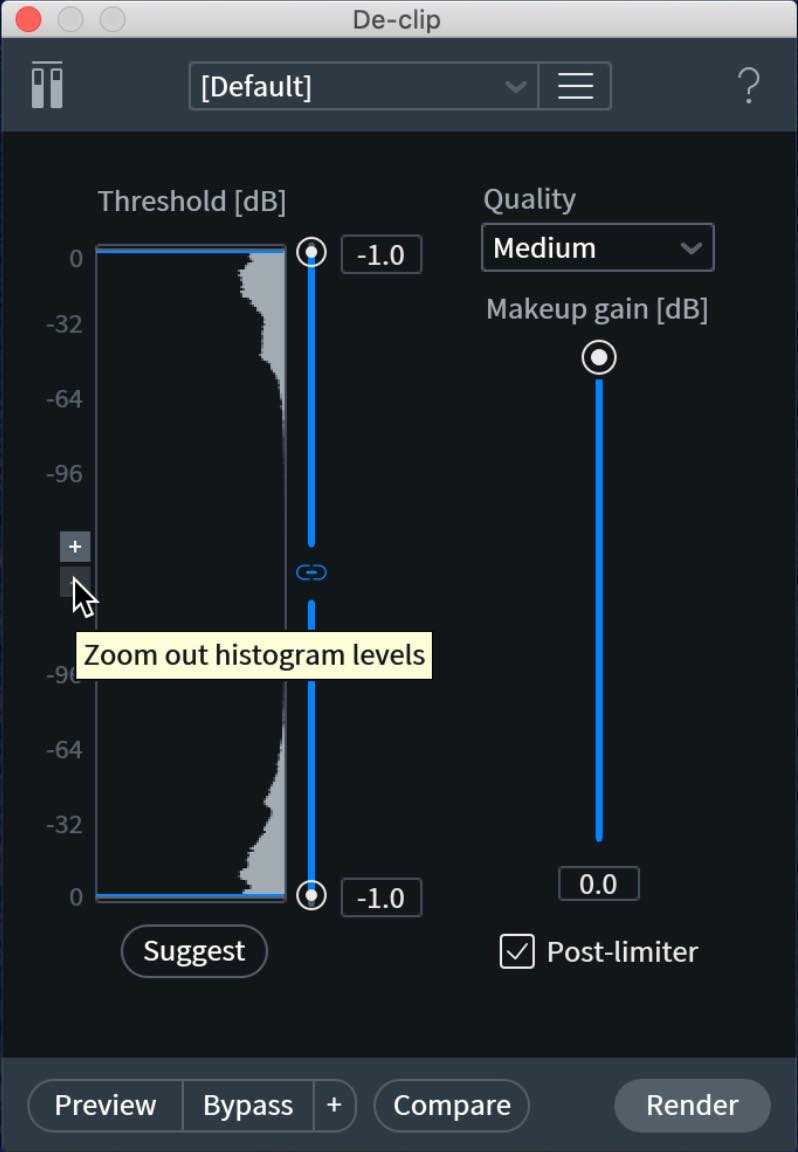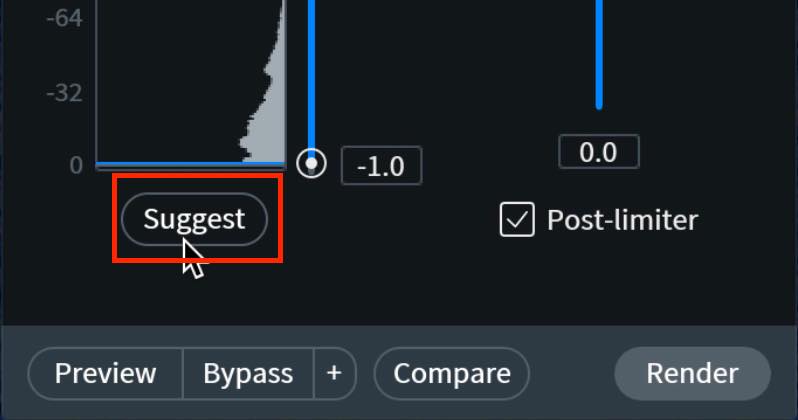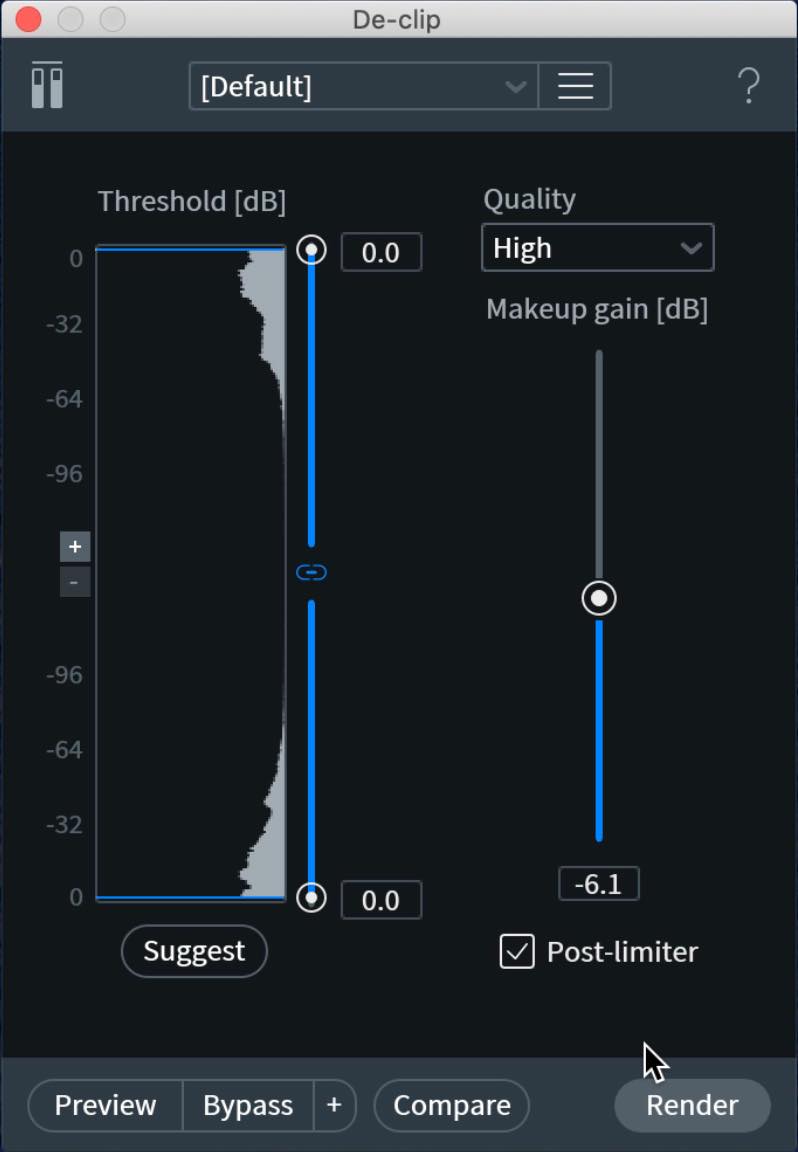Rx 7 breath control что это
Обновлено: 01.07.2024
The Breath Control module intelligently detects breaths in dialogue or vocal recordings and suppresses them. Removing and reducing breaths in recordings can be a time-consuming process for dialogue editors and music producers alike. Breath Control can help reduce the time spent on repetitive editing without sacrificing the quality of your dialogue or vocal recordings.
The Breath Control module analyzes your file and distinguishes breaths from dialogue or sung vocals based on their harmonic structure. If any piece of the incoming audio matches a harmonic profile similar to a breath, the module will suppress that portion of the audio until sung vocals are detected. Different from a ‘Threshold’ based process in which the module is only engaged once the audio has risen to a certain volume, Breath Control will perform its analysis regardless of level. This allows for accurate breath recognition for a multitude of quiet or loud vocal styles with minimal adjustment of the module’s controls.
De-hum
First take a listen to this sample.
We can hear a low humming noise as well as a constant crackling sound as well.
Lets try to get rid of these.
We will be using De-hum to remove the hum noise.
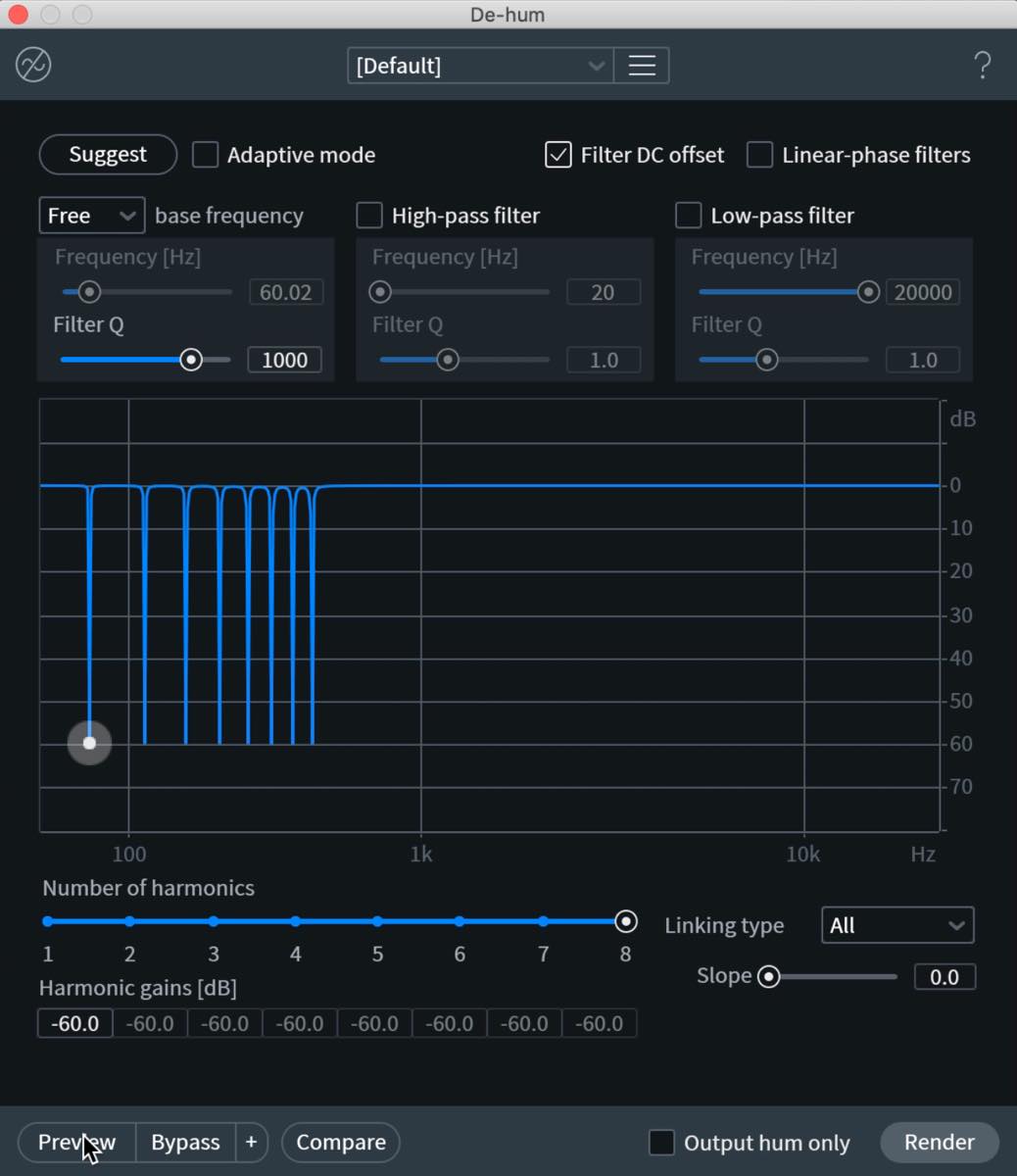
Hum noise is usually based around low frequencies in the 50-60Hz range, and is a noise that contains a number of harmonics.
We could select 50 or 60Hz from Base Frequency, but if you want AI to make the choice for you, click the Suggest button at the top.

This will analyse the sample and Free mode will allow it to set a more accurate frequency.
The hum noise can been reduced greatly but if the voice has been negatively effected as well, we can lower the number of harmonics down right on the brink of effecting the main sound. We can do this from the Number of harmonics fader.


For the low end, you can cut up until the point where it starts effecting the vocal. We will turn the High-Pass Filter on and cut under 100Hz.
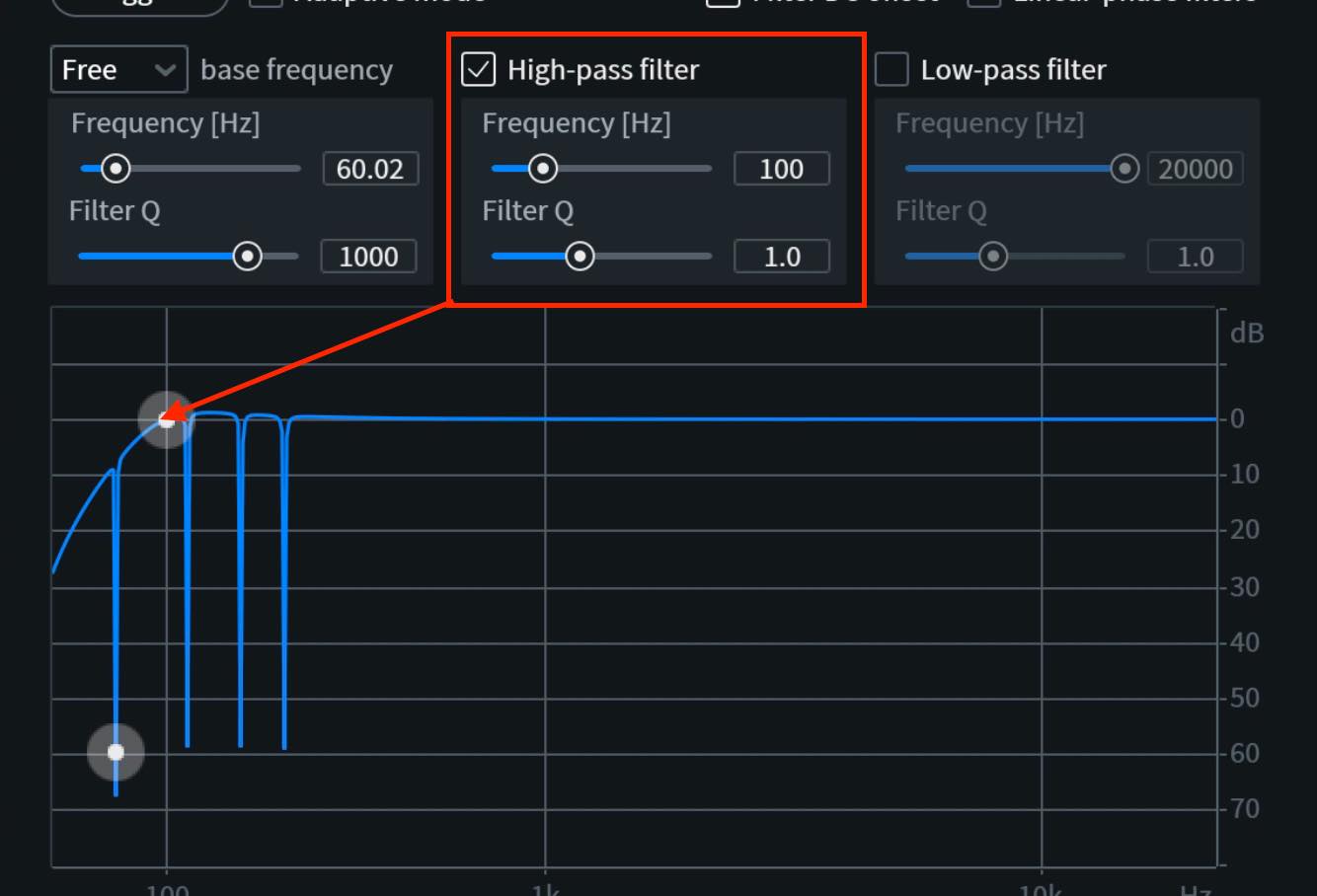
If we want to make more detailed edits on the harmonics we can choose a different Linking Type.

For the default ALL setting, moving the slider here will have a slope effect on all frequencies.
By selecting Odd/even you can control the odd and even harmonics separately.
The Slope slider will help lower the reduction effect on higher frequencies.
When None is selected the link is removed, allowing you to control the Gain of individual harmonics.
Controls
- GAIN MODE: When Gain Mode is selected, the Breath Control module will reduce the gain of detected breaths by an absolute amount, regardless of the level of the breath. In some cases, this is desirable when trying to handle heavy breathing or as a way of removing all breaths from a particular spoken or sung vocal take. Depending on your settings, this can result in unnatural sounding results as the very quiet breaths may be inaudible, while the loud breaths will be reduced to a normal level.
- GAIN (dB): Sets the desired amount of gain reduction applied to all detected breaths, regardless of level.
- TARGET LEVEL [dBFS]: Sets the resulting desired level of all detected breaths above the set target.
Состоялся анонс iZotope Nectar 3 с функциями машинного обучения для упрощения обработки вокала
De-reverb
Now lets change the sample audio and take a look at the unique De-reverb.
As the name implies, this helps remove reverb and room reflections in a recording.
First lets hear the sample for this example.We can clearly hear the reverb in this sample.
We will be using De-reverb on this audio.![De-reverb]()
![learn]()
To dive a little deeper into the editing, we can leave the Reverb Profile frequency settings set by Learn as is, and adjust the Reduction and Tail length to yield big results.
![parameter]()
- Reduction: Increases the amount of reduction of reverb. We want to raise this higher but it will cut out vocal frequencies if set too high, so its best to adjust it to find the right balance.
- Tail length:The further right its pulled the more it works on longer reverb tails. If you get unnatural changes in the vocal sound, be sure to pull this back a little to the left.
- Artifact smoothing:Adjusts the frequency detail of noise removal. Setting it low results in some artefacts in sound, but will increase the amount of reverb reduction. If set higher, you will have less artefacts and a smoother sound, but more reverb will be left over. Its best to listen and find a balance in the middle.
- Enhance dry signal:Increases the volume of non-reverb sounds and expands the dynamic range. This works great on dialogue and human vocals.
The resulting audio after adjusting each parameter is as follows:
Though its not a completely dry signal, a considerable amount of reverb has been edited out.
Находим и устраняем гул, жужжание, треск и другие распространенные недостатки аудиосигнала с помощью iZotope RX.
![Реставрация аудио, izotope rx6]()
Чтобы объяснить распространенные проблемы и варианты их исправления, компания iZotope на своем YouTube-канале опубликовала специальное видео, объясняющая, как устранить шум в аудиофайлах с помощью iZotope RX.
Авторы видеоролика выделили семь самых распространенных проблем с аудиосигналом, которые можно выявить на спектрограмме. Среди них:
- Гул;
- Жужжание;
- Шипение, свист и другой широкополосный шум;
- Щелчки, треск и другой короткоимпульсный шум;
- Клиппинг, перегрузка, искажение;
- Периодические нежелательные шумы;
- Заикание, провалы и другие шумы, вызванные пропаданием сигнала.
Каждую из проблем создатели ролика сопроводили кратким описанием, иллюстрацией на спектре, а также быстрыми и эффективными способами устранения.
Больше от iZotope
De-Crackle
Next lets look at getting rid of the crackling pop-like noises.
We will be using De-crackle.![De-crackle]()
As you can hear, we have been able to clean up the audio.
1. Гул
Источником гула чаще всего становятся различные шумы, наводки, помехи и неполадки в электросети. Подобный шум проявляется в низкочастотном диапазоне, на отметках в 50 или 60 Гц (в зависимости от региона вашего проживания).
Увидеть гул на спектре можно при увеличении спектра в районе низких частот. Подобный негативный шум проявляется в виде серии горизонтальных линий: ярко выраженных около 50 Гц и менее выраженных около 60 Гц. Если гул присутствует чуть выше диапазона 50-60 Гц (такое тоже бывает), то линии на спектре могут быть едва заметными.
![реставрация аудио, гул на спектрограмме]()
Яркие и тусклые горизонтальные линии в самом низу спектра сообщают о наличии гула в аудиосигнале
Устранить гул в записанном аудио можно с помощью iZotope RX и входящего в него модуля De-Hum. Инструмент лучше всего справляется с подобным шумом в тех случаях, когда частоты гула не перекрываются и не пересекаются с другими полезными переходными сигналами.
Реставрация аудио: 7 самых популярных проблем аудиосигнала
iZotope RX 7 Tutorial ③ Removing Noise, Reverb, and Clipping
![RX 7]()
![]()
Purchase here
Благодаря новым «умным» модулям работа с вокалом обещает стать намного проще.
![Анонс iZotope Nectar 3]()
Компания iZotope объявила о выходе обновленной версии плагина для обработки вокала iZotope Nectar 3. Третья версия популярного инструмента предлагает переработанный интерфейс, пять новых модулей и ряд других улучшений, направленных на повышение производительности плагина.
Как и в случае с недавно вышедшим iZotope RX7, главной новинкой iZotope Nectar 3 стало внедрение функций машинного обучения, упрощающих работу пользователя. Nectar 3 оснастили умным модулем Vocal Assistant, который анализирует дорожку вокала и музыкальное сопровождение, после чего подбирает оптимальные настройки для идеального укладывания голоса в микс. В дополнение к этому модуль оснащен функцией Unmask, позволяющей устранить любые конфликты между вокалом и другими инструментами. Анализ происходит в автоматическом режиме, а ассистент сам производит необходимые настройки
В модуль Dynamic EQ добавили два новых режима работы — Follow EQ и Auto Level Mode. В первом режиме модуль автоматически и в режиме реального времени подрезает или усиливает частоты в вокале, во втором — смягчает дорожку вокала таким образом, чтобы она не выбивалась на фоне общего микса.
iZotope Nectar 3 оснастили поддержкой технологии Inter-plugin Communication, позволяющей вокальному процессору работать вместе с другими плагинами iZotope и учитывать любые изменения. Помимо iZotope Ozone 8 и iZotope Neutron, новая версия Nectar 3 может обмениваться информацией с недавно вышедшим iZotope RX7 и его модулем Breath Control, плагином iZotope Relay и редактором Celemony Melodyne 4.
iZotope Nectar 3 выйдет в виде отдельного модуля, а также в составе двух бандлов — Vocal Chain Bundle и недавно анонсированного Music Production Suite 2. Оба бандла будут отличаться составом входящих в него плагинов.iZotope Vocal Chain Bundle
- iZotope Nectar 3;
- iZotope VocalSynth 2;
- iZotope RX7 Elements;
- Celemony Melodyne 4 Essential;
- iZotope RX7 Breath Control;
- iZotope Relay.
iZotope Music Production Suite 2
- iZotope Nectar 3;
- iZotope Insight 2;
- iZotope Ozone 8 Advanced;
- iZotope Neutron 2 Advanced;
- iZotope RX7 Standard;
- Celemony Melodyne 4 Essential;
- iZotope RX7 Breath Control;
- iZotope Tonal Balance Control;
- iZotope Relay.
Новинка поставляется в виде VST/AU/AAX-плагина. Регулярная стоимость Nectar 3 составит $249 ($199 по релизной скидке). Стоимость бандла iZotope Vocal Chain составит $499 ($399 по скидке в первый месяц), iZotope Music Production Suite 2 — $999 ($599 по скидке). Продажи Nectar 3 и бандлов начнутся в ноябре 2018. Пользователи, купившие Nectar 2 или Music Production Suite до ноября 2018 получат бесплатное обновление до Nectar 3 и Music Production Suite 2. Получить больше подробностей о новинках можно на официальном сайте iZotope.
![Анонс iZotope Nectar 3]()
Напомним, что ранее iZotope выпустила обновленную версию программного обеспечения для реставрации звука iZotope RX7, оснащенную функциями машинного обучения. Помимо этого компания представила новый бесплатный плагин iZotope Vocal Doubler, позволяющий виртуально создать эффект хора.
Также в начале октября стало известно, что iZotope объединилась с популярным магазином музыкального программного обеспечения Plugin Boutique, запустив специальную акцию на покупку iZotope Ozone 8. По условиям предложения, каждый покупатель, купивший любой плагин в Plugin Boutique (даже за $1), получает код на бесплатную загрузку Ozone 8. Подробнее об этом здесь.
De-clip
Next, if we happen to accidentally distort audio during recording we can use De-clip to remove clipping noise.
![de-clip]()
We have a sample prepared for this as well.
* Be aware that this sample is louder than the previous examples.In de-clip we will first setup the threshold of clip sounds. We will use this histogram as a reference but it looks like nothing is displayed at the moment. The histogram will be updated depending on the selected area, so lets first select the portion with vocal audio contained.
![scope]()
![zoom out]()
By pressing the Suggest button, it will automatically set the Threshold to the suggested point.
![suggest]()
![suggested]()
The remaining parameters work as follows:
Lets hear how the sample sounds after making adjustments.
The sound is much cleaner and its hard to believe it was distorted.
This completes our look at some commonly used modules in RX 7.
RX 7 covers a vast field of noise/reverb related issues, so be sure to try it out for your own recordings!Читайте также:
- GAIN (dB): Sets the desired amount of gain reduction applied to all detected breaths, regardless of level.


